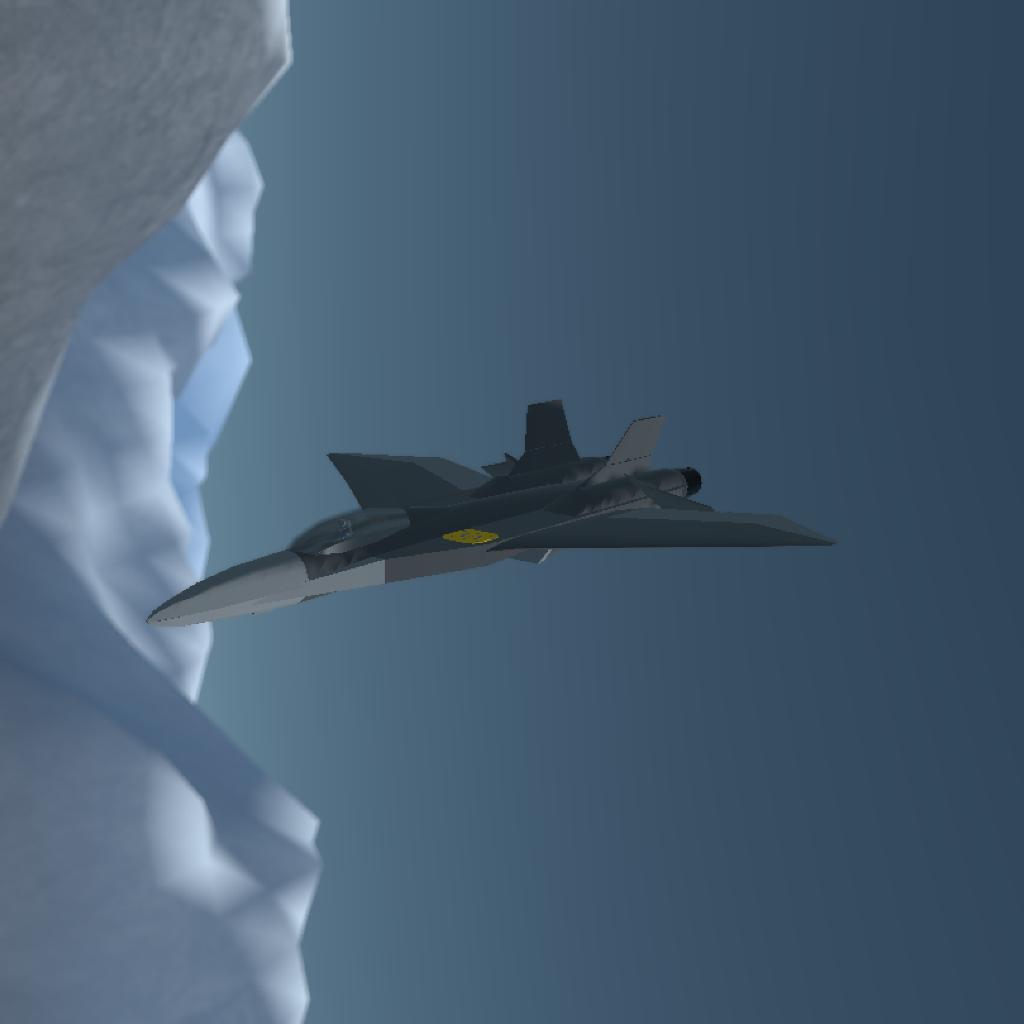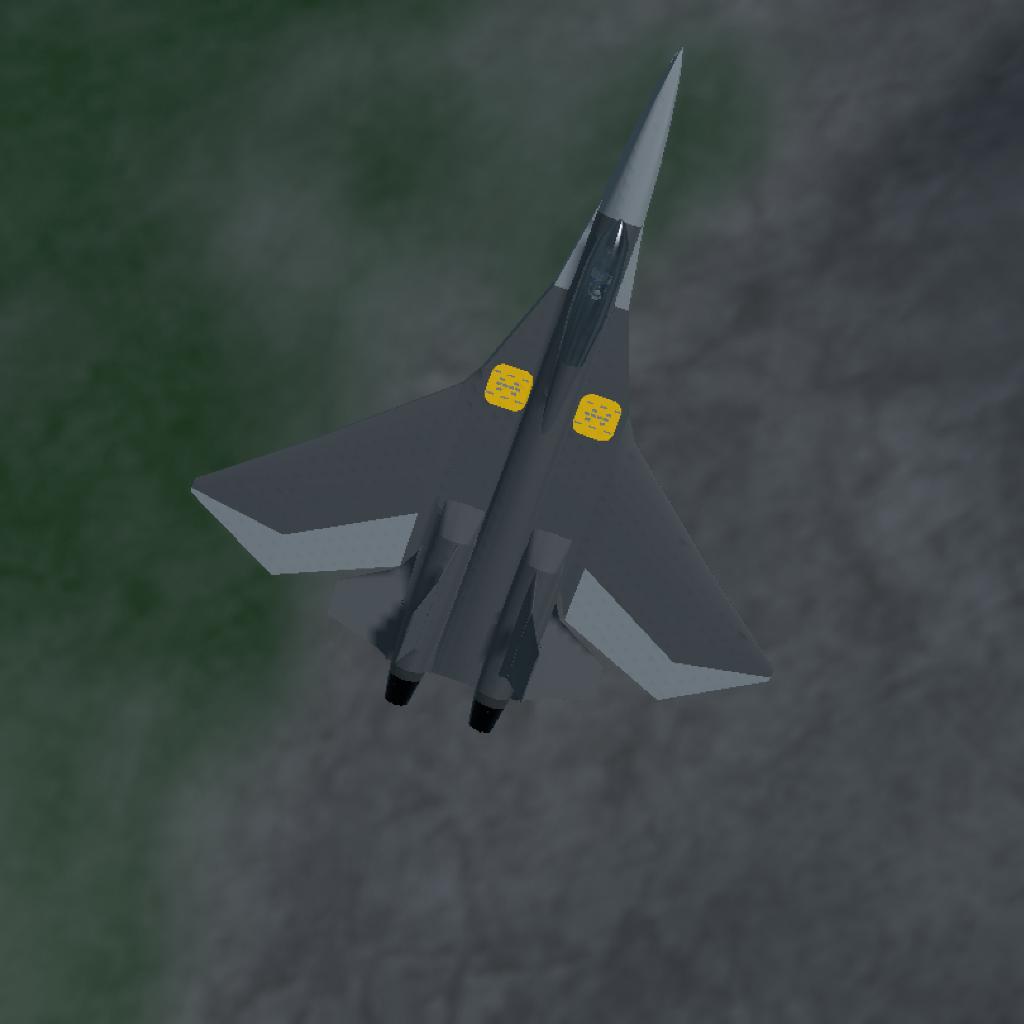Origins of the F-202 Twin-Engine Stealth Fighter
Development Background
In response to the evolving global threats and the increasing demand for versatile and highly capable fighter jets, the F-202 project was initiated by Hiranese Air Defense (H.A.D.), a leading defense contractor known for its innovative aerospace solutions. The goal was to develop a next-generation stealth fighter that combines advanced stealth capabilities with exceptional maneuverability and operational flexibility.
Design and Features
1. Twin-Engine Configuration:
The F-202 is powered by two adaptive cycle engines developed by H.A.D. These engines are designed to provide optimal performance across a wide range of flight conditions, switching between high-thrust and fuel-efficient modes. The engines are powerful enough to recover from stalling and maintain control during extreme maneuvers, ensuring superior reliability and performance in combat situations.
2. Stealth Capabilities:
Advanced materials and design techniques are employed to minimize the radar cross-section (RCS) of the F-202. Its faceted surfaces, internal weapon bays, and radar-absorbent coatings reduce its detectability by enemy radar systems, allowing it to operate effectively in contested environments.
3. Supermaneuverability:
The F-202 features thrust-vectoring nozzles and an advanced fly-by-wire control system, providing extraordinary agility. It can perform tight turns, rapid acceleration, and complex aerial maneuvers, giving it a significant edge in dogfights and evasive actions.
4. Low Aspect Ratio Wings:
One of the defining features of the F-202 is its very large and wide low aspect ratio wings. These wings provide several advantages:
- Lift and Stability: The extensive wing area generates substantial lift, improving stability at low speeds and high angles of attack.
- STOL Capability: The large wing surface allows for short takeoff and landing (STOL) distances, enabling the F-202 to operate from shorter runways and improvised airstrips. This capability enhances its deployment flexibility and allows it to support various military operations, even in austere environments.
5. Adaptive Cycle Engines:
The adaptive cycle engines are a key innovation in the F-202’s design. These engines can adjust their operating cycles to optimize performance in different phases of flight. Whether in combat requiring maximum thrust or in cruising flight needing fuel efficiency, these engines ensure the F-202 remains effective and reliable.
Operational Capabilities
- Versatility: The F-202 is designed for multi-role operations, including air superiority, ground attack, reconnaissance, and electronic warfare.
- Survivability: Its stealth features and supermaneuverability ensure survivability in hostile environments, enabling it to penetrate defended airspace and engage high-value targets.
- Networked Warfare: The F-202 is equipped with advanced avionics and communication systems, allowing it to operate seamlessly within a networked battle environment, sharing data and coordinating with other assets in real-time.
Conclusion
The F-202 represents the pinnacle of modern fighter jet design, integrating cutting-edge technology to deliver unmatched performance and operational flexibility. Developed by Hiranese Air Defense (H.A.D.), its twin adaptive cycle engines, supermaneuverability, and low aspect ratio wings make it a formidable asset for any air force, capable of achieving dominance in a wide range of combat scenarios. Its STOL capability further enhances its operational versatility, allowing it to operate from various environments and respond rapidly to emerging threats.








